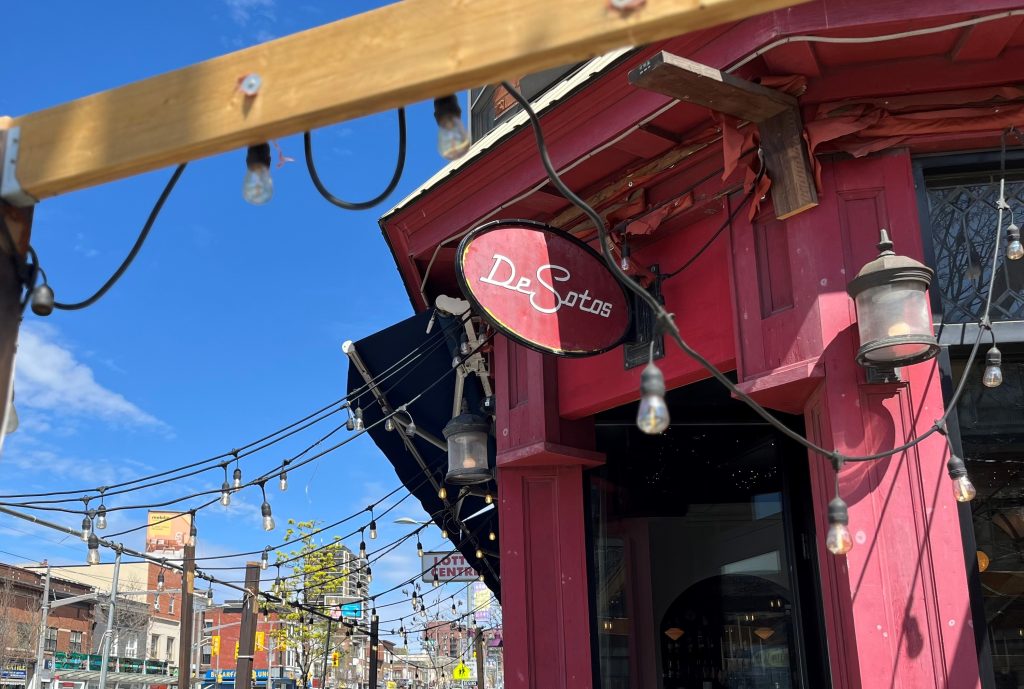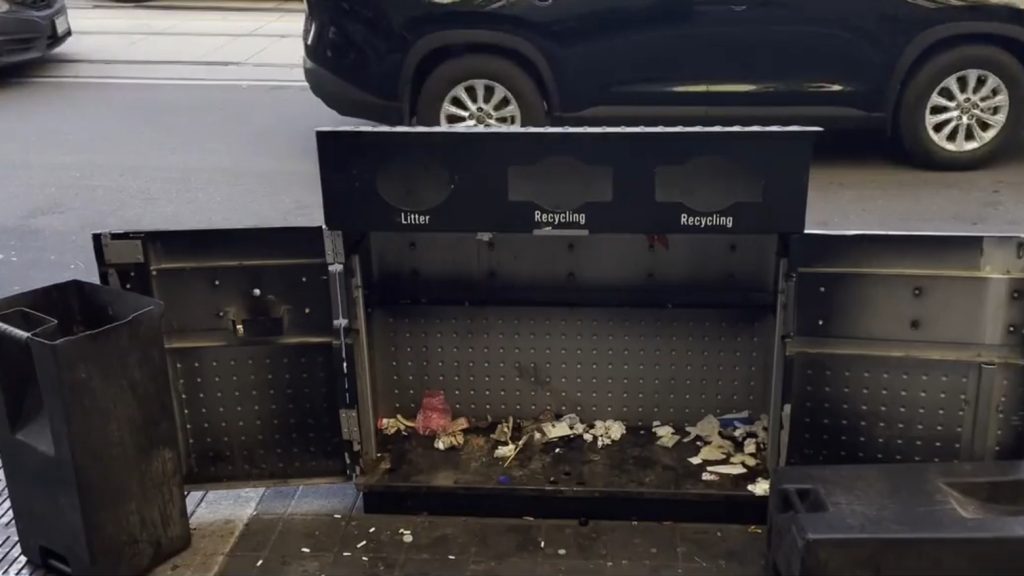Northeast US could stay in dark for days after early snow takes down trees, closes schools
Posted October 31, 2011 2:26 pm.
This article is more than 5 years old.
HARTFORD, Conn. – Residents across the Northeast faced the prospect of days without electricity or heat Monday after an early-season storm dumped as much as 30 inches (76 centimetres) of wet, heavy snow that snapped trees and power lines, closed hundreds of schools, and disrupted plans for Halloween festivities.
The snowstorm was blamed for at least 12 deaths, mostly caused by falling trees, traffic accidents or electrocutions. Six people died in Pennsylvania alone.
Communities along the East Coast that suffered through a tough winter last year followed by a series of floods and storms went into now-familiar emergency mode as roads closed, shelters opened and regional transit was suspended or delayed.
The storm’s lingering effects, including power failures and hundreds of closed schools, will probably outlast the snow. Temperatures are expected to begin rising Monday and the snow will start melting, the National Weather Service said.
The early storm _ known as a nor’easter _ had utility companies struggling to restore electricity to more than 3 million homes and businesses. By midday Monday, the number without power was still above 2 million but falling. But officials in some states warned it could be days or even a week before residents have power again.
The trees, branches and power lines crisscrossing roads and rail lines led to a tough Monday morning commute for many. Motorists hunted for open gas stations as power failures rendered pumps inoperable; at a store in Connecticut, two dozen cars waited in a line that stretched into the street and disrupted traffic.
Some local officials cancelled or postponed Halloween activities, fearful that youngsters could wander into areas with downed power lines or trees ready to topple.
The snowstorm smashed record totals for October and worsened as it moved north. Communities in western Massachusetts were among the hardest hit. States of emergency were declared in Connecticut, Massachusetts, New Jersey and parts of New York.
In New Jersey, Gov. Chris Christie declared statewide damage to utilities worse than that wrought by Hurricane Irene, a deadly storm that blew through the state in August.
Things were similar in Connecticut, where the power loss of 800,000 broke a record set by Irene. By early Monday, around 400,000 people lacked power in New Jersey and more than 750,000 in Connecticut.
Compounding the storm’s impact were unfallen leaves that gave the snow something extra to cling to and loaded branches with tremendous weight, snapping them off and sending them plunging onto power lines and across roads and homes.
Along the coast and in such cities as Boston, the relatively warm ocean helped keep snowfall totals lower. Washington received a trace, tying a 1925 record for the date.
New York City’s Central Park set a record for both the date and for October with 1.3 inches (3.3 centimetres) _ not much by normal standards but enough to damage an estimated 1,000 trees. Caretakers raced to clean up before the New York City Marathon, which goes through the park and is only six days away.
Amtrak had suspended service on several routes, and one train from Chicago to Boston got stuck overnight in Palmer, Mass. The 48 passengers had food and heat, a spokeswoman said, and were taken by bus Sunday to their destinations. Delays persisted into Monday on some of Amtrak’s New England routes.
North of New York City, dozens of motorists were rescued by state troopers after spending 10 hours or more stranded on snowy highways in Dutchess and Putnam counties.
Passengers on at least three JetBlue planes and one American Airline plane said they were stranded on the tarmac for seven hours or more after being diverted from New York-area airports on Saturday.
Crews worked to raise a barge that sank during the storm in Rhode Island’s Narragansett Bay that contained 2,400 gallons (9,100 litres) of diesel fuel. Officials said a minor sheen was visible on the water.
The storm sank many Halloween festivities, too.
In the New York village that was the setting of Washington Irving’s Gothic tale “The Legend of Sleepy Hollow,” the town’s annual Haunted Hayride was called off because of broken tree limbs and dangling branches.
Many Northeasterners were trying to take the storm in stride after a string of two harsh winters _ many communities set or approached snowfall records last winter _ followed by flooding from tropical systems Irene and Lee.










